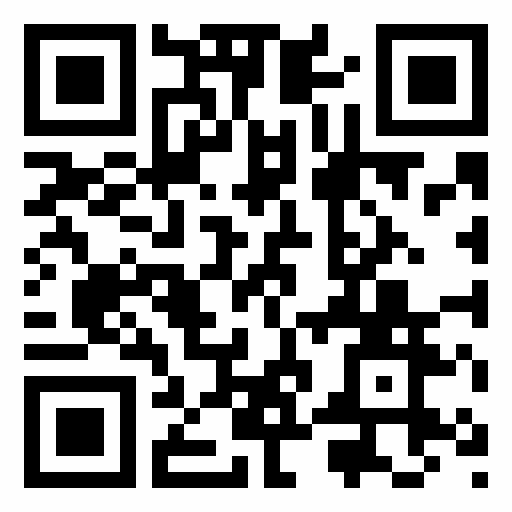The purpose of this study was to investigate the antiurolithiatic activity of ethanolic extract of fruits of Diospyros malabarica (Desr.) Kostel (EEFDMDK) on rats in ethylene glycol (EG) and Ammonium chloride (AC) induced urolithiasis model. Twenty four male rats ware randomly divided in to four groups (n = 6). EG 0.75 % (v/v) and AC 2 % (w/v) in drinking water were feed to all groups of rats (Groups II, III, and IV) except normal control (Group I) rats for 10 days to induce urolithiasis. Group III and IV rats were treated with EEFDMDK at 250 and 500 mg/ kg oral (P.O.) for 10 days. Group I and Group II (positive control) rats were administered 6μl distilled water (DW) per 1g of body weight by gavage for 10 days. The change in body weight of animals was calculated (final weight on 10th day - initial weight on 1st day) and we observed that, weight of rats in positive control group was significantly decreased as compared other groups of rats. At the end of 10th day of the experimental period, blood samples were collected and analyzed for biochemical parameters i.e. serum concentration of urea, creatinine, calcium and phosphorus. The kidneys were removed and sectioned for histopathological studies. Treatment with the EEFDMDK restored all the elevated biochemical parameters when compare to positive control group. The histopathological studies confirmed the induction of urolithiasis as damages in kidney and crystal deposition was observed in section of kidney from animal treated with EG and AC. This was reduced, however after treatment with the EEFDMDK. The conclusion of this study was EEFDMDK showed significant antiurolithiatic activity and possible mechanism underlying this effect is mediated collectively through diuretic and antioxidant properties.
